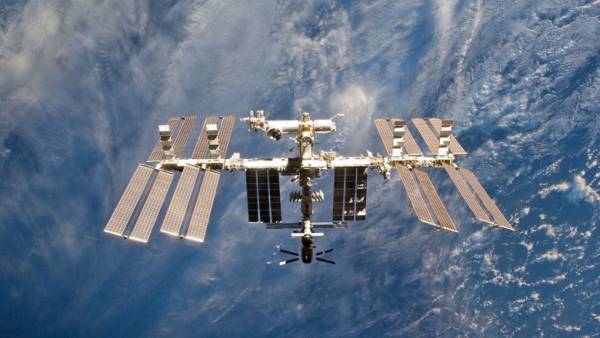How many people need to colonize another planet? (Slate.fr)
Given that space travel processes of immigration and emigration is not possible, a 200-year mission of the original crew needs to be between 150 to 180 people.

In 1995 astrophysicists Michel Mayor (Michel Mayor) and Kelas Didier (Didier Quelozm) discovered the first exoplanet, 51 Pegasi b (51 Pegasi b) orbiting a star different from our Sun. This discovery of an alien world initiated the search for habitable worlds.
23 years later, the number of discovered exoplanets is more than 3 700. The probability of finding a world similar to our approaches.
The purpose Proxima b.
The recent discovery of b Proxima (Proxima Centauri b), of the nearest exoplanets orbiting the nearest star to our Sun, gives the inhabitants of the planet Earth one more interesting feature.
It is highly likely that this celestial body has a rocky surface and a mass close to the mass of our planet and is of great interest, since its equilibrium temperature allows to suppose, that the surface water can be in liquid form.
Located at a distance of 40 000 billion kilometers from Earth, Proxima b is a perfect destination. It is theoretically possible short interstellar journey with the purpose of intelligence and the possibility of colonization: we could thus settle humans on another planet.
But even if the missile could reach speeds equal to one percent of the speed of light, which is much faster than current manned spacecraft, a mission to Proxima b would have lasted more than 423 years.
Giant Autonomous vehicles.
These initial data one human life is not enough to reach exoplanets. Researchers need to find a solution for the crew so he could survive for hundreds of years in deep space.
You can, for example, to freeze the body. Despite the achievements in this field, cryogenic technology has not yet reached the desired level: when cells are frozen on their walls are formed by ice crystals (vitrification), which will lead to the destruction of the body after rewarming.
Hibernate? Yet to explore all possibilities of removing from a dream in which the physiological functions of the crew members slowed down until the ship arrives at the destination.
Another hypothesis is a flying hospital human embryos, under the supervision of robots, develop quietly prior to arrival to the destination. The main problem is the lack of human parents to raise children. In addition has never been the population born fully in vitro: and in these circumstances it may be undesirable to the mission relied on this method.
The best option is to use a giant Autonomous vehicles that will travel in space, while their active population. People will live and die on Board until you reach the destination.
Several concepts of the development of these ships was presented in the book “Islands in the sky: a Bold idea of space colonization” in 1996, but their mathematical and statistical calculations are no longer suited to our current technology.
The crew from 150 to 44 000 people.
American anthropologist John Moore (John Moore) was the first to use ethnographic tool Etnopop (Ethnopop) to quantify the minimum number of people for a flight of several generations.